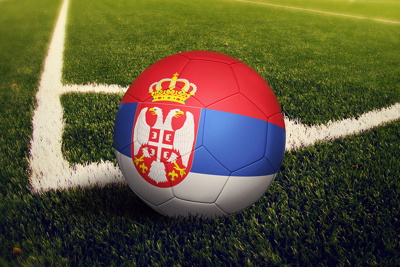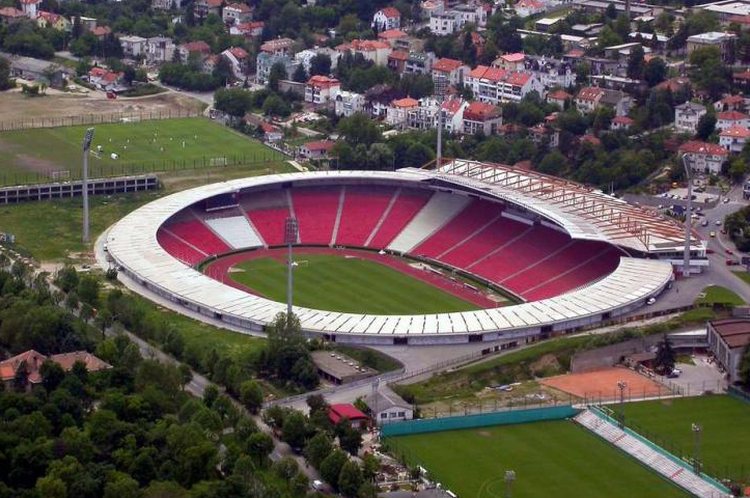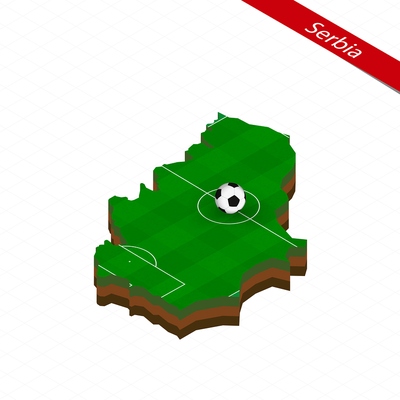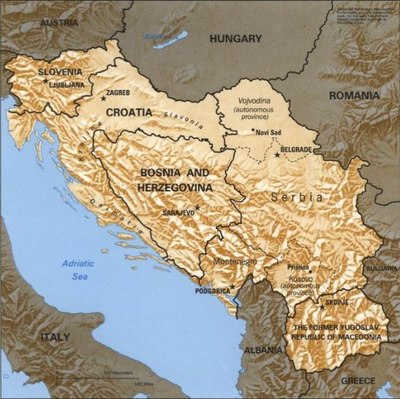Serbian SuperLiga Stadiums & Stats
 The Serbian football league pyramid has eight levels to it, with more than 150 individual leagues within them. The main one is the SuperLiga, which is currently known as the Linglong Tire SuperLiga because of sponsorship.
The Serbian football league pyramid has eight levels to it, with more than 150 individual leagues within them. The main one is the SuperLiga, which is currently known as the Linglong Tire SuperLiga because of sponsorship.
Created in 2006, it operates a promotion and relegation system with the Serbian First League. It was actually created two years before the more senior team after a reshuffle of the second divisions of the Serbo-Montenegrin system.
We’ll look at the league in a little bit more detail here, including taking a look at its history. We’ll also have a look at the sort of stadiums that you can expect to encounter if you decide to pop along and watch a SuperLiga match the next time you’re in Serbia. The top two divisions are professional ones, which is partially because football is the country’s most popular sport.
Teams that do well in the SuperLiga get to take part in the SuperLiga get to take part in the major European competitions like the Champions League and Europa League.
Stadium Stats
| Stadium | Year Opened | Capacity | Ave Attendance | Record Attendance | Record Attendance Match |
|---|---|---|---|---|---|
|
Rajko Mitić Stadium
Red Star Belgrade (FK Crvena zvezda) & Serbia National Team |
1963 | 53000 | 13566 | 110000 | Red Star v Ferencváros (23/04/1975) |
Team Stats
| Team | Year Founded | Nickname | Team Owner |
|---|---|---|---|
| Red Star Belgrade | 1945 | "Звезда / Zvezda (The Star) Црвено-бели / Crveno-beli (The Red-Whites)" | Svetozar Mijailović |
Serbian SuperLiga Stadiums

Turn up to watch some football in Serbia and the first thing that you’ll notice is that the vast majority of the stadiums are remarkably open to the elements. The country gets decent weather for most of the year, so there’s no need to have all-encompassing roofs in the same way that there is in the UK.
One thing that has been taken from British football grounds, though, is the style of the building, with many having a stand on each side of the pitch.
In terms of the sort of capacities that you can expect to find in the country, the largest is the Rajko Mitić Stadium, which has room for 55,538 people, and the smallest of the professional clubs is Stadium FK ŽAK of FK ŽAK Kikinda, which can hold around 2,000.
If you’re heading to the country with the hope of seeing as many different stadiums as possible then you’d do well to head to Belgrade, given that it boasts 5 of the 27 grounds that have a capacity of 2,000 or more.
About The League
 When the SuperLiga was formed it had a play-off system in place in order to get more people interested in it. That only lasted for one season, though, with the decision taken for the 2007-2008 campaign to ask each of the 12 teams involved to play each other three times.
When the SuperLiga was formed it had a play-off system in place in order to get more people interested in it. That only lasted for one season, though, with the decision taken for the 2007-2008 campaign to ask each of the 12 teams involved to play each other three times.
Things changed again prior to the 2009-2010 season, with 4 more teams being added to the division in order to have 16 teams competing and only playing each twice: once at home and once away.
This changed for a final time ahead of the 2015-2016 season, when a play-off format was re-introduced. This involves the top 8 teams at the end of the season entering a play-off round to decide which one will win the championship, whilst the bottom 8 teams go into a relegation play-off.
At the end of the latter the 2 worst teams get relegated into the Prva Liga, whilst the third worst has a play-off against the team that finished third in the second division that season.
Serbian SuperLiga History
 Read the ‘About The League’ section if you’d like to know about how the format of the SuperLiga has changed over the years. As far as the SuperLiga itself is concerned, it has its foundation in the Yugoslav First League, which was founded in 1923.
Read the ‘About The League’ section if you’d like to know about how the format of the SuperLiga has changed over the years. As far as the SuperLiga itself is concerned, it has its foundation in the Yugoslav First League, which was founded in 1923.
That took in all of the best teams from the kingdom then known as Yugoslavia, with sides from Croatia and Slovenia taking the decision to leave the league in 1991 and form their own divisions.
Other nations soon followed suit, so that by 1992 the Yugoslavian First League was made up entirely of teams from Serbia and Montenegro. That remained the case until Montenegro declared independence from Serbia in 2006 and created its own league system.
It was at that point that the Serbian SuperLiga was created for teams based solely in Serbia. The biggest rivalry in Serbian football is that between Red Star Belgrade and Partizan Belgrade, though the former still has some way to go to catch up with the latter.
